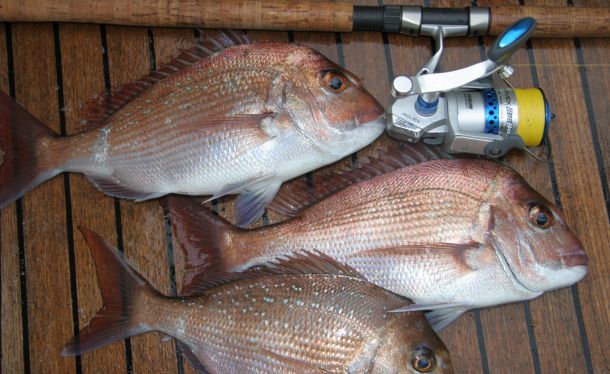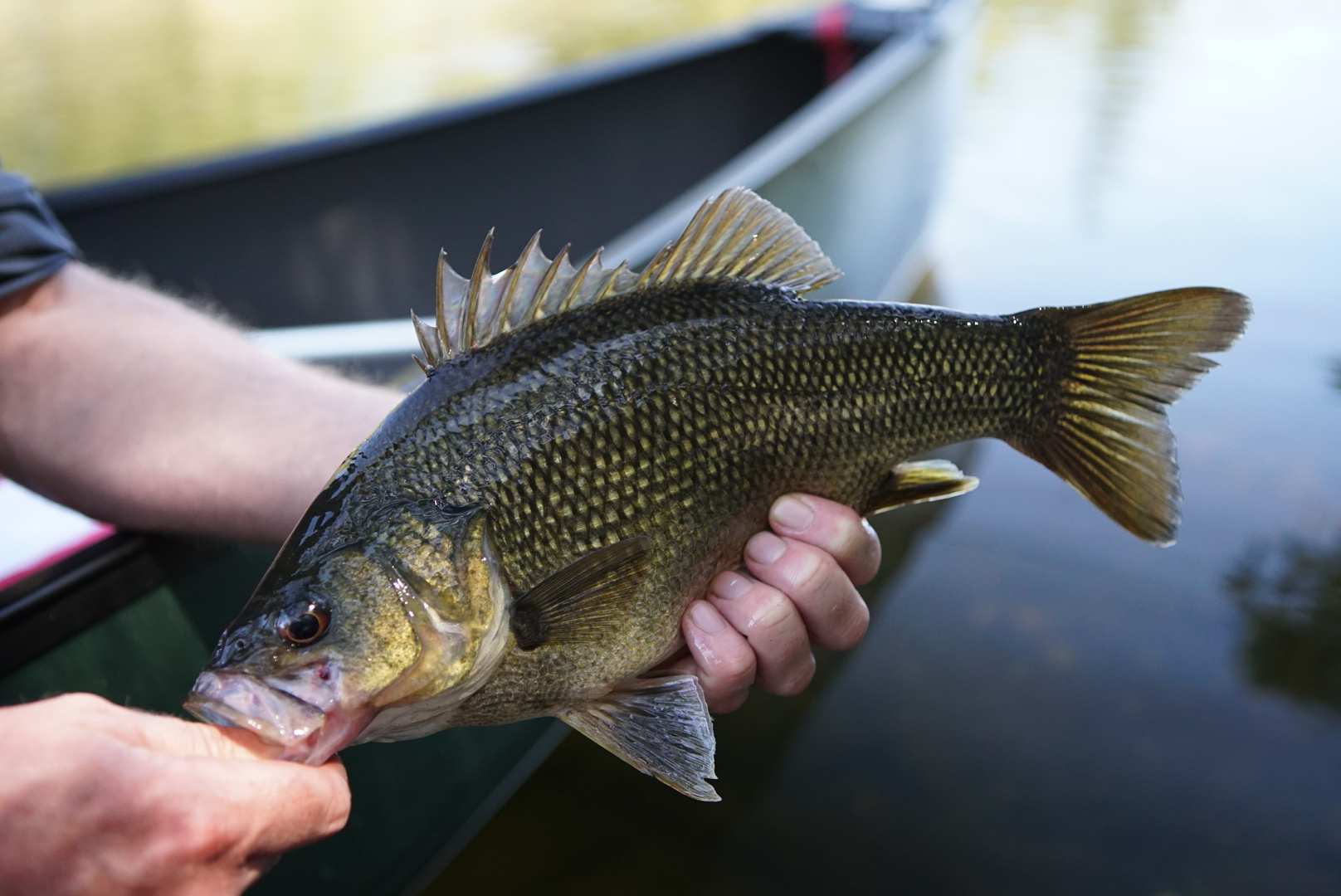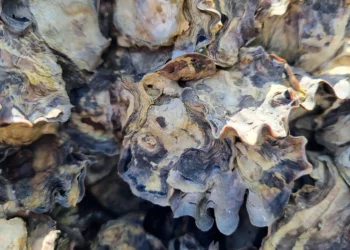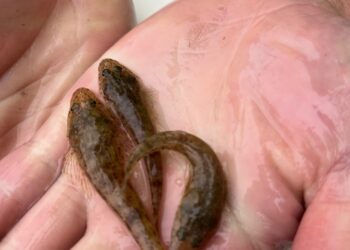THE catch rate of snapper off the Queensland coast has declined by almost 90 per cent since the late 19th century, according to a new study.
The Guardian reports researchers from the Centre of Excellence for Coral Reef Studies have used historical accounts of fishing trips in newspapers to calculate the rate of snapper catch by fishermen from the late 1800s to early 1900s.
The lead author of the study, Ruth Thurstan, said it was something of a cross between history and science.
“There’s official government data on the snapper fishery that starts from just after the second world war onwards, but anecdotally we knew that the snapper fishery had been occurring for some decades prior, “ she said.
“Just on a whim I thought I’d check out some of the local newspapers, and I found more information than I could ever have imagined on the snapper fishery in Brisbane.
“There were hundreds of articles that had qualitative information, but there were also hundreds that had quantitative information, like the number of fish being caught, the number of people fishing, and the number of hours they were fishing for.”
The study went on to find that the catches of snapper and other fin fish species frequently ran into the hundreds of fish per trip when targeted from early charter boats.
The historical figures were compared with contemporary figures from charter boats. Even accounting for modern catch limits, the contemporary catch rate was far lower than the historical rate.




















